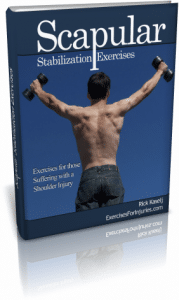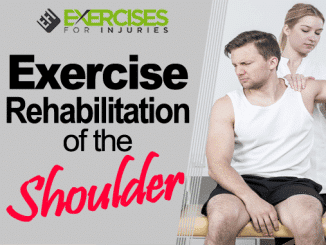
Today was the day to dig into what is new in the research world. I started it in yesterday’s blog post. I talked about new research on muscle imbalances in yesterday’s blog post. Yes, there is research about it. More and more keeps coming out. I know this is a little new for me, to be talking about breast cancer and Shoulder exercises.

The ladies were a group from a local Dragon boating team of cancer survivors. It was amazing to train these ladies; they were so much fun.
Here we go into the research.
What They Looked At:
They compared cancer survivors’ shoulder function with healthy subjects.
They looked at active and passive shoulder range of motion for shoulder extension, flexion, external rotation at 0° and 90° of abduction, and internal rotation at 90° of kidnapping.
Plus, they looked at the strength of scapular upward rotation and abduction, scapular adduction and depression, internal rotation, flexion, external rotation, scaption, and horizontal adduction.
What They Found:
They found that there was a significant difference between the groups
Decreased Range of Motion in:
- active flexion
- active 90° external rotation
- active extension
- passive flexion
- passive 90° external rotation
Decreased Strength in:
- scapular abduction
- upward rotation
- depression
- scapular adduction
- flexion
- external rotation
- internal rotation
- scaption
- adduction
Take-Home Message
Assessment of the Breast Cancer Client – They suggest that the above should be tested at the start of an exercise rehabilitation program for a client recovering from breast cancer.
Exercises to Focus In On – The above gives you an idea of the movements to focus on when it comes to your exercise rehabilitation program with a breast cancer survivor.
I have to step away from the computer, but I will review these articles in a few minutes.
I enjoy looking at what is new in the research and learning how to design exercise rehabilitation programs better.
If you have any feedback, please let me know by asking below.
Rick Kaselj, MS
P.S. – I won’t be able to get to the other two articles today. Check back tomorrow, and I will take them on. I want to let you know that I received this from a customer who got the Effective Rotator Cuff Exercise Program:
“I thought your effective rotator cuff exercises manual was great. It truly is an all inclusive look at the rotator cuff and covers even the minute details which can enhance your client/patient’s program. The information and easy to utilize exercise descriptions will be a big help with my patients.”Kristen King, PT, DPTNashua, New Hampshire





